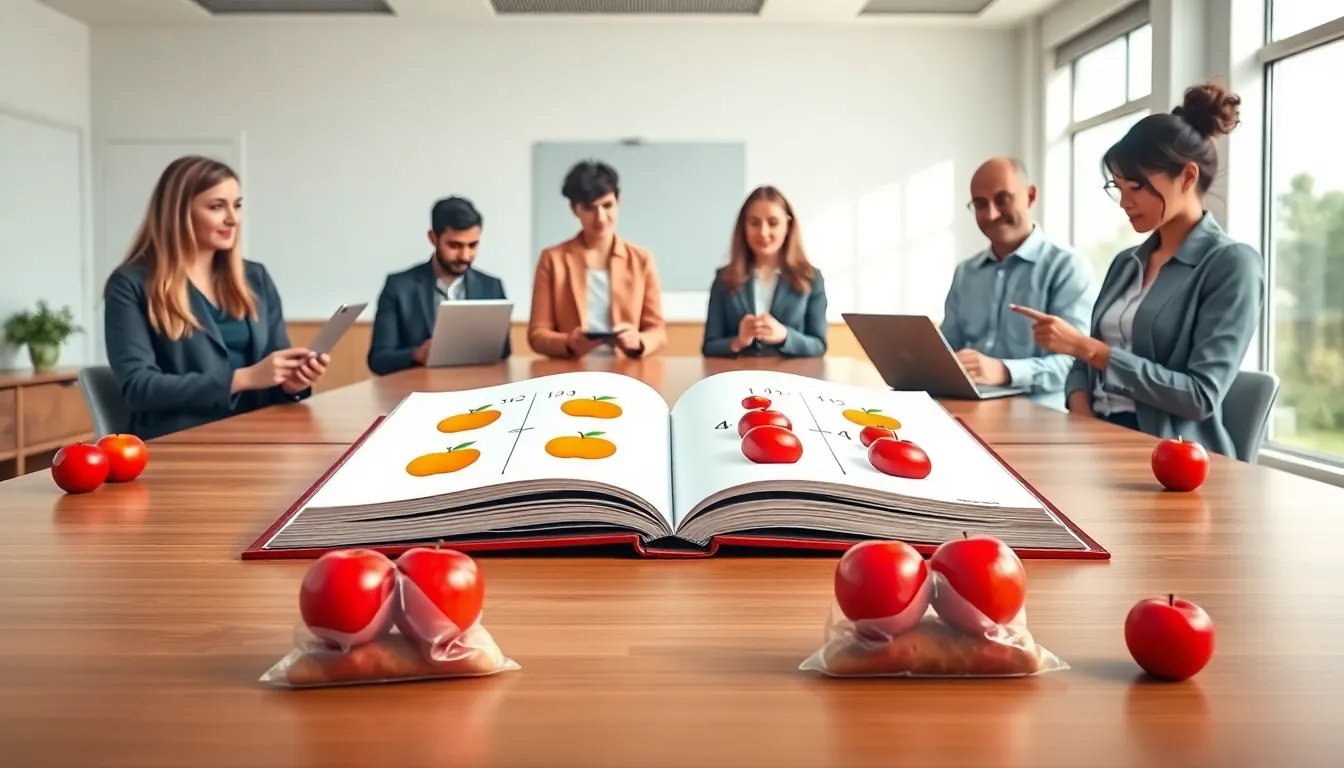Table of Contents
ToggleHave you ever wondered why multiplication is often speaking in hushed tones like it’s a secret math society? Seriously, multiplication is not just a crafty way to make numbers dance: it’s a cornerstone of math that’s used everywhere from the classroom to the kitchen. Stick around as we unpack product multiplication, it might just change the way you look at numbers forever.
Understanding Product Multiplication

The Basics of Multiplication
Multiplication is essentially repeated addition. Imagine you have three bags, and each bag contains four apples. Instead of counting each apple one by one, multiplication lets us quickly find out that there are twelve apples in total by doing something elegant: 3 x 4 = 12. Simple, right? This elegant operation is what product multiplication is all about. The term “product” refers to the result of multiplying two or more numbers together, illuminating the beauty of how numbers interplay.
Notably, the numbers being multiplied are called “factors”. It doesn’t matter in which order you multiply them: 4 x 3 yields the same delightful product of 12 as 3 x 4 does. This commutative property is simply one of the many quirks that make multiplication uncommonly fun.
Why Product Multiplication Matters in Mathematics
Applications of Product Multiplication
Product multiplication extends beyond simple arithmetic: it has practical applications in algebra, geometry, and even calculus. In algebra, understanding how factors come together allows for the factoring of expressions, paving the way to solve equations. A solid grasp of multiplication forms the backbone of higher-level concepts, helping students transition smoothly into advanced mathematics.
In geometry, area calculations rely heavily on multiplication. For instance, the area of a rectangle is found by multiplying its length by its width. Need to place tiles on your bathroom floor? No problem. Just multiply the dimensions to find out how many tiles you need.
In Everyday Life
From shopping to cooking, product multiplication sneaks into daily routines. Ever noticed how you multiply unit prices by quantities? That’s product multiplication at work, making your budgeting plans effortless. Likewise, cooking often involves multiplying ingredient quantities to serve more people. So, the next time you scale up your mom’s famous cookie recipe, take a moment to appreciate the teamwork happening behind the scenes in multiplication.
In Advanced Mathematics
Techniques for Mastering Product Multiplication
In the realm of advanced mathematics, efficiency is key. Memorizing multiplication tables is foundational, but some techniques can enhance rapid calculations. One such method is the distributive property, which breaks larger numbers into more manageable components. For example, to compute 13 x 4, one could break it down as (10 x 4) + (3 x 4) = 40 + 12 = 52. This method not only simplifies calculations but also reinforces the relationship between addition and multiplication.
Using Visual Aids
Visual aids, like grids or area models, can be instrumental in clarifying multiplication concepts. By representing numbers as rows and columns intersected by the two factors, learners can visualize the products. This method can transform abstract numbers into tangible squares, making product multiplication an experience rather than just a calculation.
Strategies and Tips for Efficient Multiplication
Common Mistakes and How to Avoid Them
Even seasoned mathematicians can trip over multiplication. A common pitfall is misplacing decimals or failing to align numbers correctly. To sidestep these blunders, one can develop a habit of checking work, especially during complex calculations. Always ensure the numbers are organized: using lined paper or digital tools can prevent mishaps.
Also, practicing with oral multiplication can significantly improve speed and confidence. Maintaining a mental checklist of key multiplication facts, such as squares and products of common factors, can drastically cut down on calculation time in both exams and real life.







